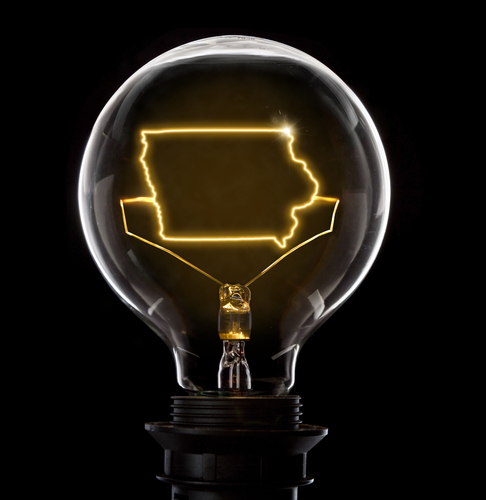Alliant Energy offers clean energy blueprint for Iowa customers

Alliant Energy introduced a plan to accelerate the transition to cleaner energy for its customers in Iowa.
Alliant’s Clean Energy Blueprint would help Iowa customers avoid more than $300 million in costs over the next 35 years. The Blueprint calls for an increase in the use of renewable resources, including solar power, more battery storage, and the construction of the connected energy network. The roadmap also includes plans to discontinue coal generation in Lansing by the end of 2022 while transitioning its Burlington Generating Station to natural gas in 2021.
“We continue to lead the way toward a clean energy future for our customers,” Alliant Energy Chairman, President and CEO John Larsen said. “Investing in renewable energy, like wind and solar, benefits our customers, the communities we serve, and the environment. Our Clean Energy Blueprint serves as a roadmap that creates new jobs for Iowans and revenue opportunities for communities around the state, while we also provide reliable, sustainable energy solutions for decades to come.”
The plan would add more than 400 megawatts (MW) of solar by 2023, in addition to the nearly 1,300 MW of owned-and-operated wind and the power currently generated by the company.
“For decades, our employees have done an outstanding job maintaining and operating our coal-fired power plants to deliver affordable and reliable energy for Iowans,” Terry Kouba, president of Alliant Energy’s Iowa energy company, said. “As we transition from coal toward a cleaner energy mix, our top priorities include caring for our employees, creating new local jobs and bringing new economic development opportunities to the communities we serve.”
Alliant Energy also expects to add up to 100 MW of distributed energy resources (such as community solar and energy storage systems) by 2026.
“We are exploring battery storage as a cost-effective alternative that meets our customer’s energy needs while also creating a connected energy network that fully realizes the value of combining these resources,” Kouba added.
The blueprint also focuses on offering energy efficiency programs, including the new Smart Thermostat Demand Response program. Through this program, customers can control how they keep their homes comfortable while also reducing their energy consumption.
